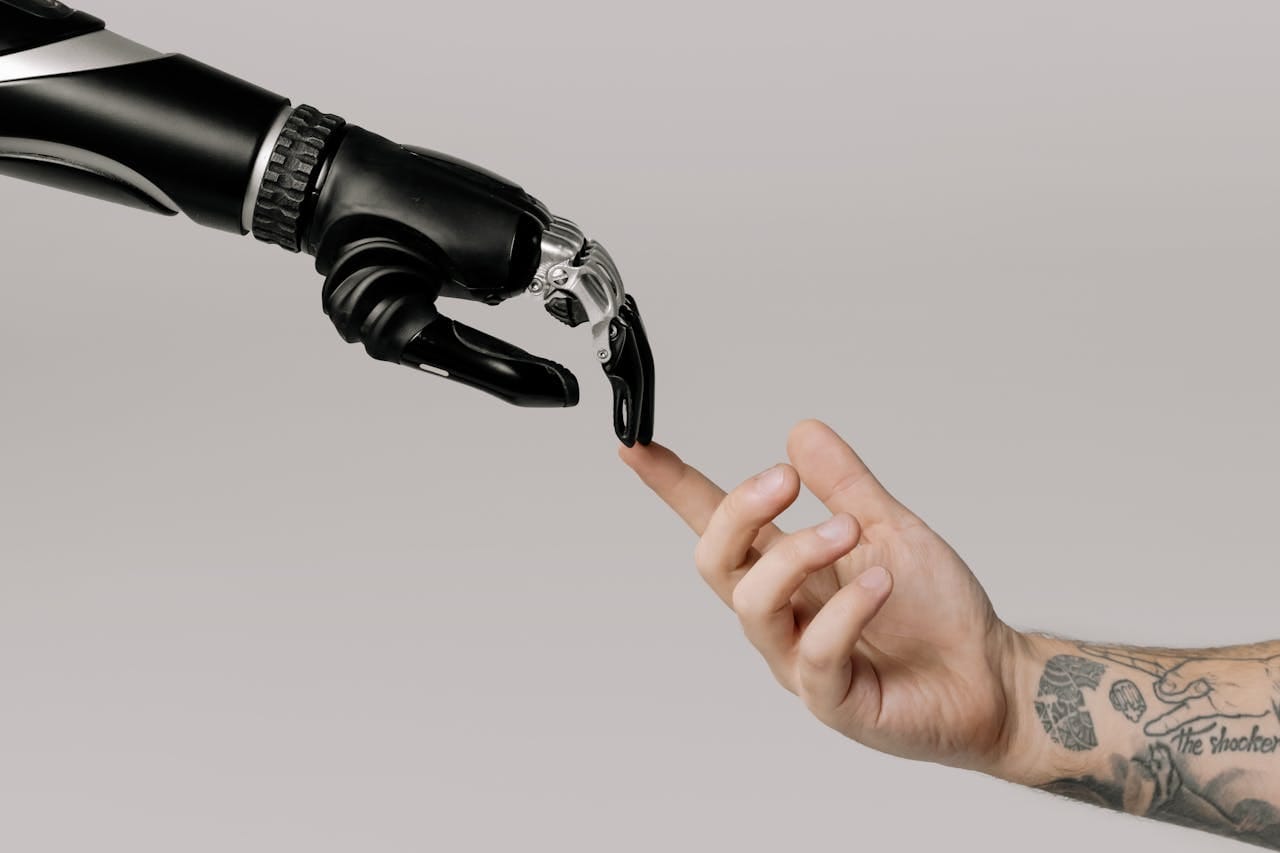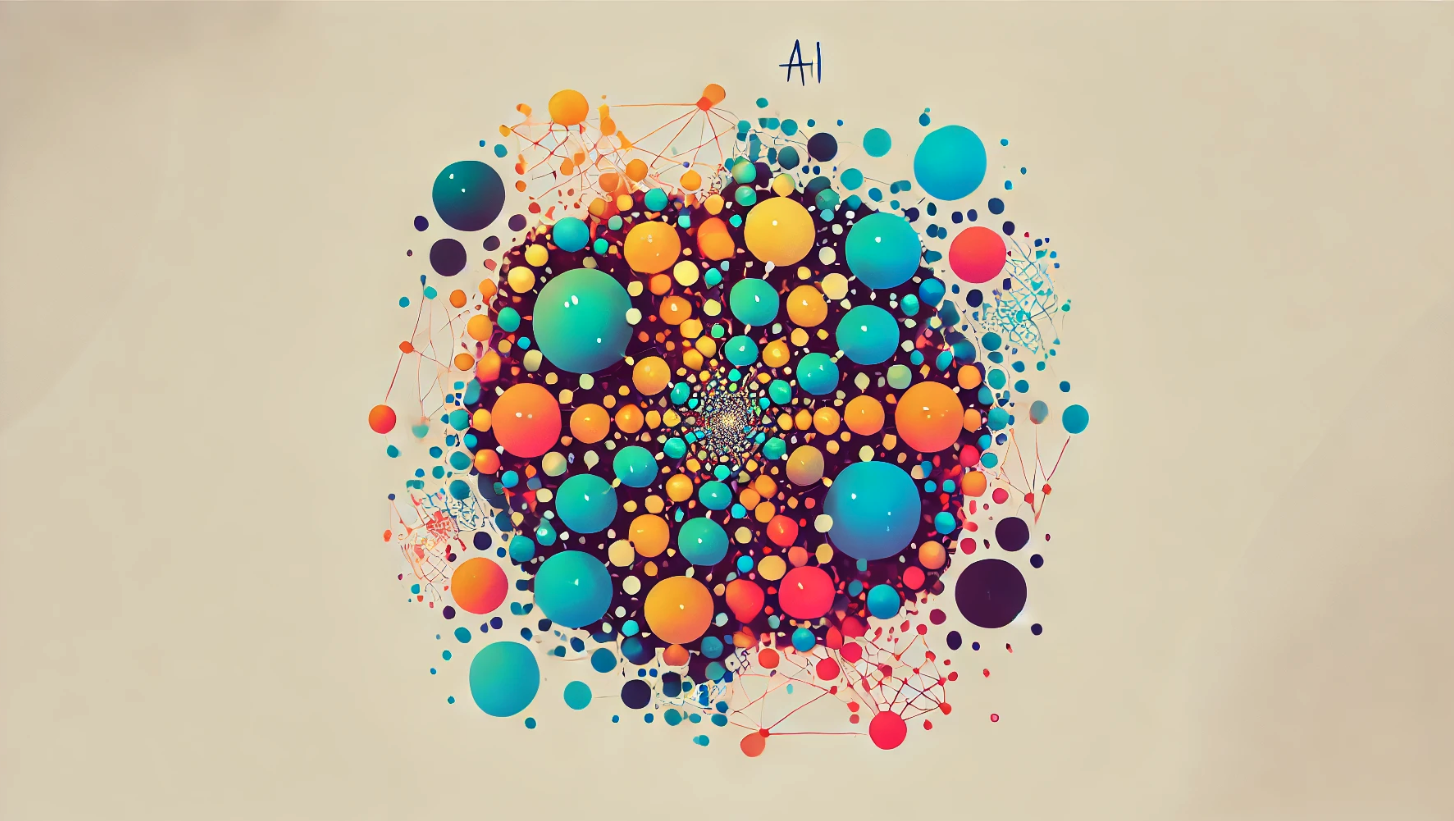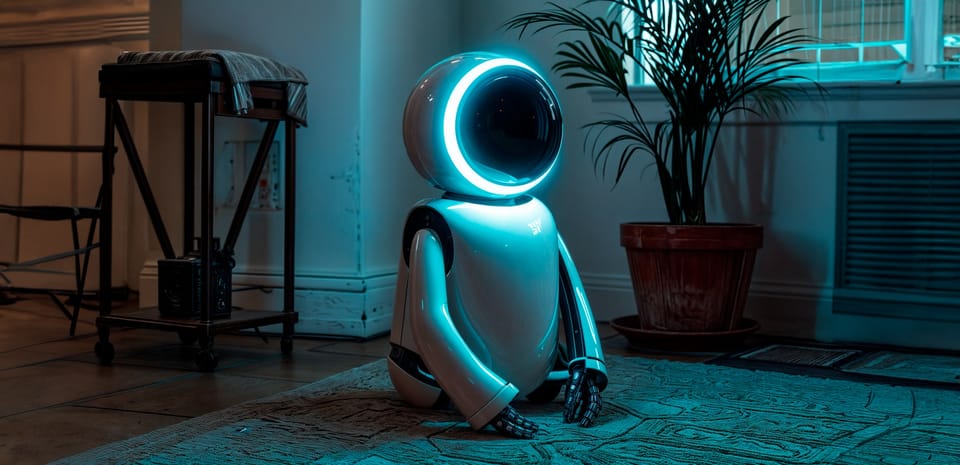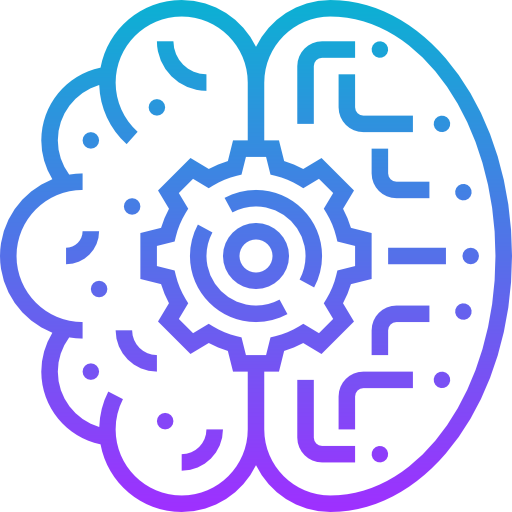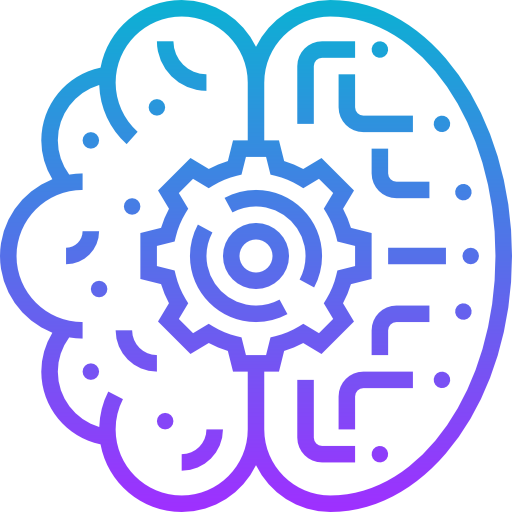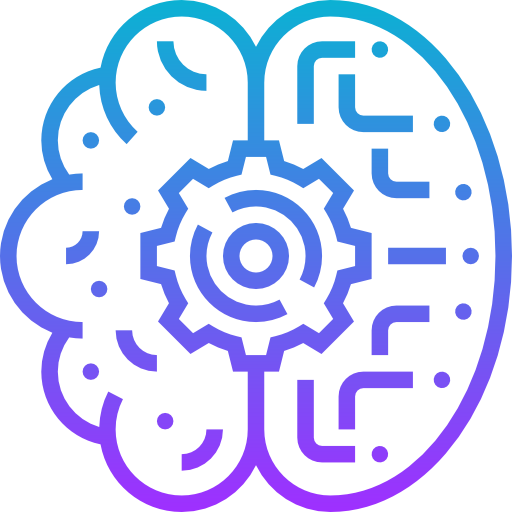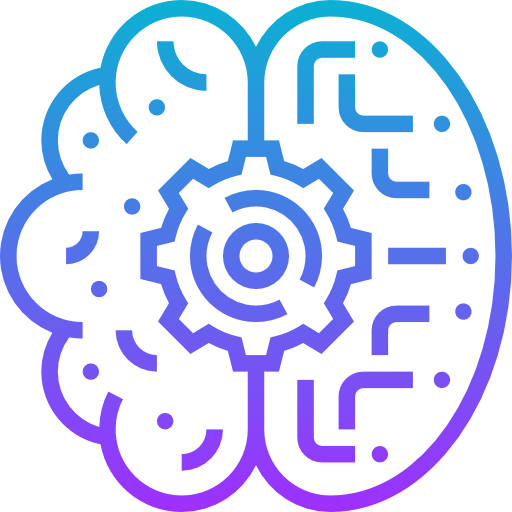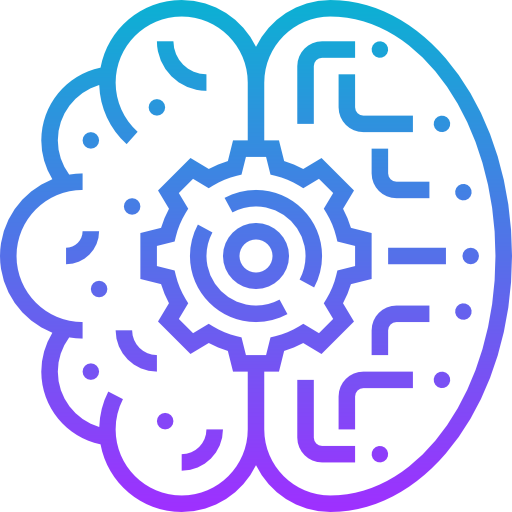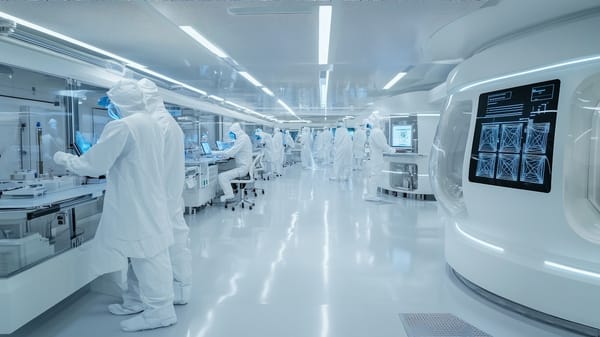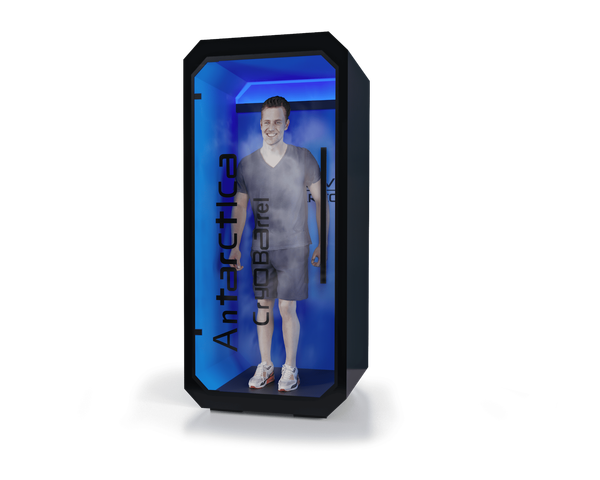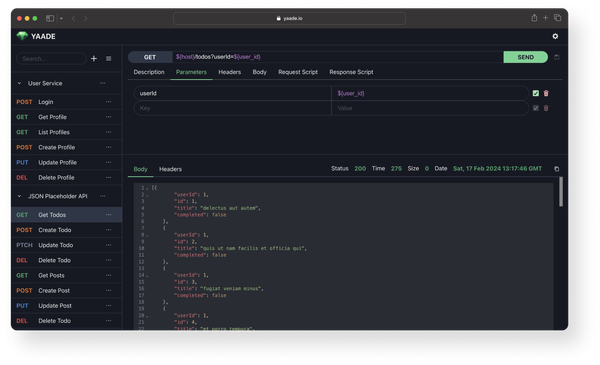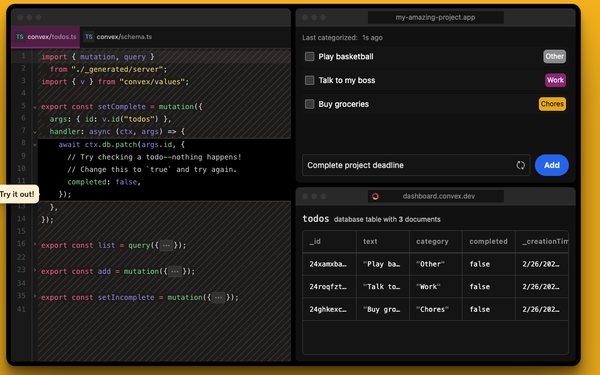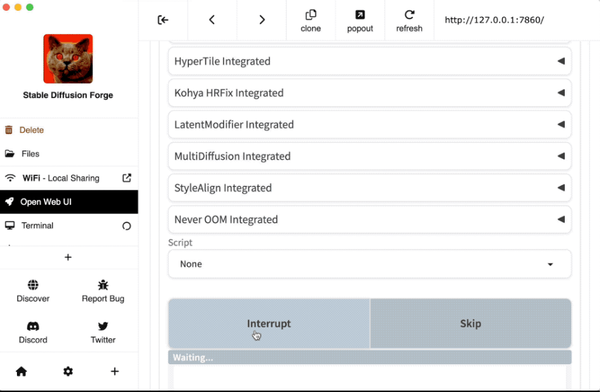Will AI Decrease Human Error in Healthcare? Or Increase AI-Based Human Errors?
Table of Content
The integration of AI in healthcare is a double-edged sword. From my experience as a medical doctor and a software developer, I’ve witnessed both the promise and the pitfalls of AI in this field.
It has the potential to reduce human error significantly, but it also introduces a new category of AI-based errors, often stemming from flawed training, integration issues, and misuse.
The question we must ask ourselves is this: do these errors amount to malpractice?
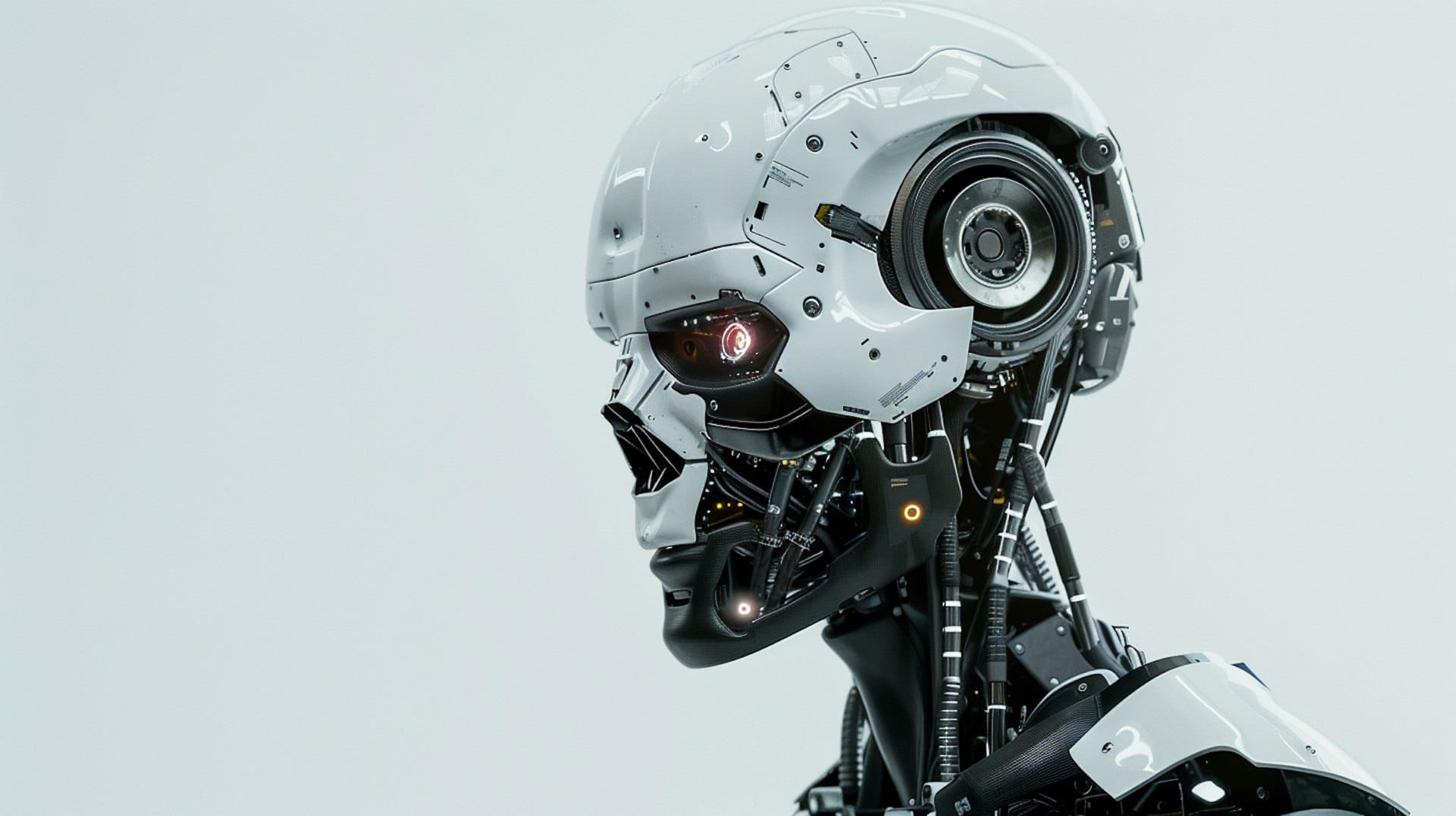
AI's Role in Reducing Human Error
AI excels at repetitive tasks as AI Agents, pattern recognition, and data analysis—areas where human limitations often manifest.
For instance, an AI-powered diagnostic tool can analyze thousands of medical images and detect anomalies that even seasoned radiologists might miss.
In one experimental project I worked on, we integrated an AI model trained to detect diabetic retinopathy from retinal images.
The system reduced misdiagnoses by flagging subtle indicators that human eyes often overlook, which saved several patients from unnecessary complications.
However, this success hinges on the quality of the AI’s training. The datasets must be vast, diverse, and representative of real-world scenarios.
Here lies the first vulnerability. Many AI models are trained using datasets that may not account for all demographic and clinical variations. A poorly trained model might miss critical signs or, worse, flag false positives, leading to unnecessary interventions.

The Challenges of Integration
Integrating AI into existing healthcare workflows isn’t seamless. Many healthcare providers are reluctant to trust AI or fully understand its limitations. In one case, I saw a hospital adopt an AI-based EHR assistant to streamline patient data entry and medication orders.
The system performed well initially but began making subtle errors in drug dosage recommendations.
It turned out that a misconfiguration during integration caused the system to misinterpret certain inputs.
Errors like these often go unnoticed until they cause harm, and here’s the rub: is it the fault of the AI, the developer, or the healthcare provider who relied on it blindly?
Misuse and the Threat of AI-Based Errors
AI misuse is another major concern. I’ve seen scenarios where overworked healthcare providers relied on AI for decisions they should have made themselves.
For example, in a telemedicine app, a chatbot designed to assist doctors ended up being used as the sole decision-maker for patient diagnoses.
The chatbot’s recommendations were often generic and missed critical nuances, leading to misdiagnoses.
Such misuse raises ethical and legal questions. If a clinician misuses AI, is it malpractice? What about errors stemming from AI itself?
The line between human and AI accountability blurs, especially when clinicians lack proper training in AI systems.
Malpractice or Growing Pains?
AI errors often result from human oversights—poor training, inadequate integration, or outright misuse. From this perspective, these errors can indeed be classified as malpractice.
But there’s another way to look at it: these are growing pains. AI is still a developing technology, and its application in healthcare is an evolving science.
Ultimately, the responsibility lies with all stakeholders—developers must ensure robust training and testing of AI models, healthcare providers must be educated about AI's limitations, and regulators must establish clear guidelines for accountability.
Without these measures, AI will not only fail to reduce human errors but will also introduce a new layer of complexity that healthcare can ill afford.
